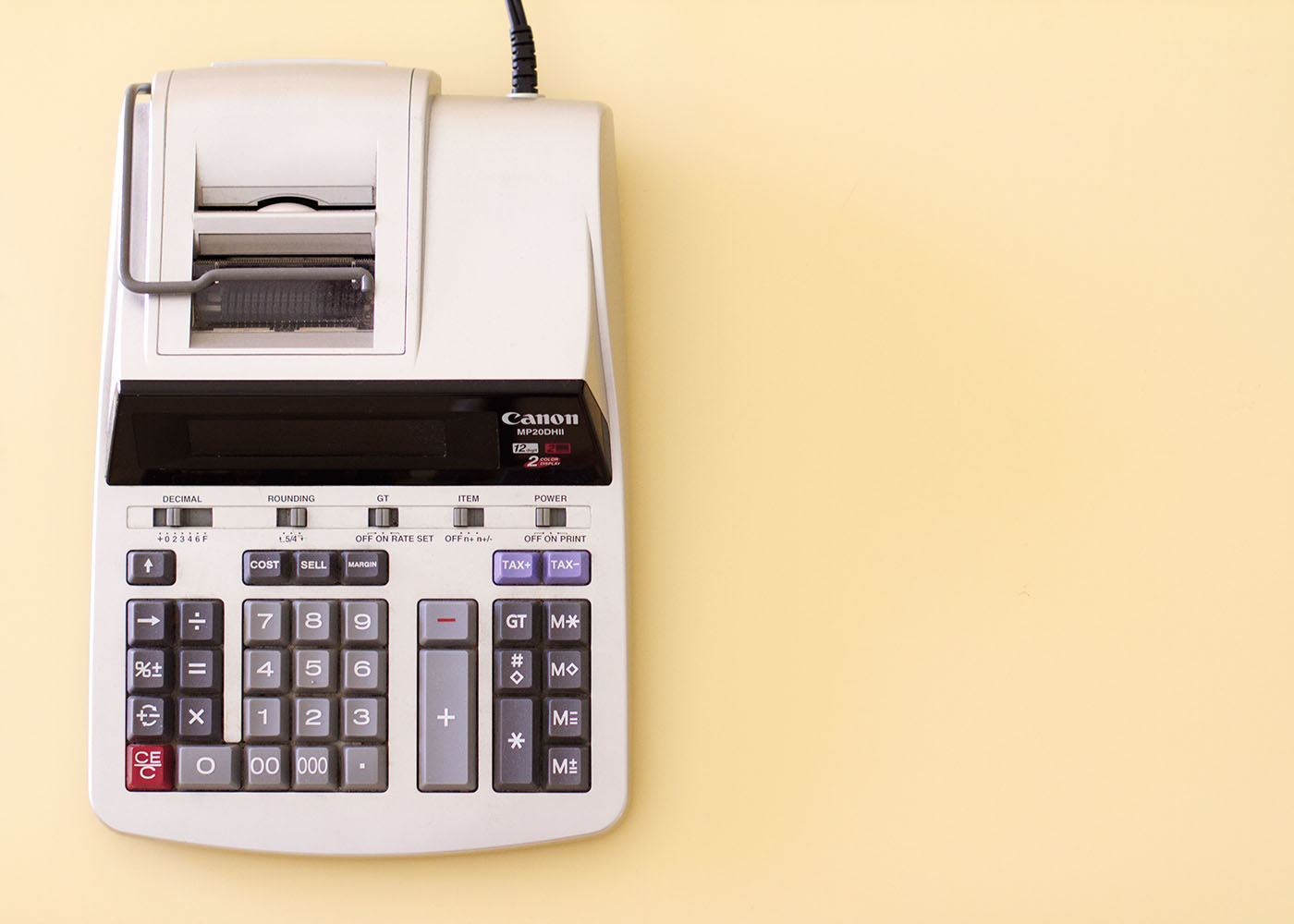On March 27, 2020, President Donald Trump signed into law the Coronavirus Aid, Relief, and Economic Security Act (CARES) Act. Amidst the global COVID-19 pandemic, this act is designed to bring economic relief to individuals and businesses who’ve been affected by the resulting economic downturn.
Section 2202 of the act, titled “Special Rules For Use of Retirement Funds,” now allows those affected by COVID-19 to withdraw up to $100,000 penalty-free from their 401(k) or IRA.1
What does it mean to be “impacted by COVID-19?” Congress defines this broadly to include those who:
- Have been diagnosed with COVID-19;
- Have a spouse or dependent who has been diagnosed with COVID-19;
- Experience adverse financial consequences as a result of being quarantined, furloughed, being laid off, or having work hours reduced because of the disease;
- Are unable to work because they lack childcare as a result of the disease;
- Own a business that has closed or operate under reduced hours because of the disease; or
- Meet some other reason that the IRS decides to say it is OK.
This new option to withdraw from your 401(k) or IRA is on the table, but should you consider taking it? Below we’ll discuss what you need to know about this change and what to consider before making a decision.
Penalty-Free Access to Retirement Savings
Traditionally, there has been a 10 percent penalty for withdrawing funds from a 401(k) or IRA account before reaching the age of 59 ½. But through changes passed in the CARES Act, this penalty will be waived for individuals who choose to tap into their retirement savings accounts and withdraw up to $100,000 to cover financial burdens caused by the COVID-19 pandemic.1
If you choose to withdraw, you will have the option to spread the tax liability of this additional income over the next three years, and you will have three years to return savings (up to the full amount withdrawn) back into the account.1
Increase in 401(k) Loan Limits
Aside from withdrawing altogether from your retirement savings account, some plan sponsors offer the option of taking out a loan on your 401(k) or IRA. In the past, there have been limits on how much you can withdraw. According to the IRS, the maximum amount was previously “(1) the greater of $10,000 or 50% of your vested account balance, or (2) $50,000, whichever is less.”2
In light of recent events, the CARES Act has adjusted this loan limit to a maximum amount of 100 percent of your vested account balance, or $100,000, whichever is less.1 This option will be available for individuals for 180 days after the CARES Act is enacted. Additionally, anyone owing a 401(k) loan repayment before December 31, 2020, can delay their repayment for up to one year.1
While the amount one can withdraw in a loan has doubled, it’s important to remember the IRS has not changed its rules on loan repayment. According to the IRS, “Repayment of the loan must occur within 5 years, and payments must be made in substantially equal payments that include principal and interest and that are paid at least quarterly.”2 That means that if you choose to take this option, you need to be prepared to pay the full amount back in substantial installments each year.
Considerations About Withdrawing From Your Retirement Savings
As is true for any other circumstance, the decision to withdraw from your retirement savings account early should never be taken lightly. Depending on your timeline toward retirement, $100,000 accruing compounding interest over the next couple of years could yield significant growth. In fact, the younger you are, the greater the dent you’re putting on your future retirement funds – if you choose to withdraw from your 401(k) or IRA without paying it back.
As you address the need for money now, remember to consider your need for money in the future. Is creating a significant reduction in your future retirement income the best option for addressing your present financial hardships, or would it be better to pursue alternative options – such as a personal loan, HELOC or tapping into your emergency savings?
Before making a big financial decision like this, it’s important to work together with your financial advisor. He or she can help you understand the long-term impact a decision like this can make on your financial future.
- https://www.congress.gov/bill/116th-congress/house-bill/748/text#toc-H7E8FA907EAE04884809A56325BD425E5
- https://www.irs.gov/retirement-plans/retirement-plans-faqs-regarding-loans#1
This content is developed from sources believed to be providing accurate information, and provided by Twenty Over Ten. It may not be used for the purpose of avoiding any federal tax penalties. Please consult legal or tax professionals for specific information regarding your individual situation. The opinions expressed and material provided are for general information, and should not be considered a solicitation for the purchase or sale of any security.

